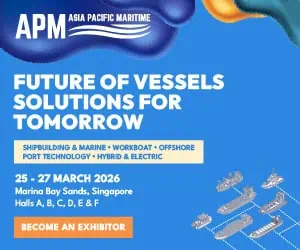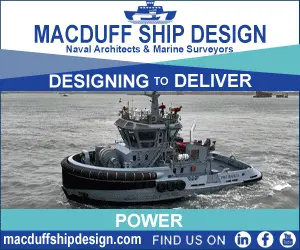Parkwind has installed a pioneering boat charging station system at sea, with MJR Power & Automation. It is designed to minimise greenhouse gas emissions from maintenance vessels and promote sustainable operations. Powered by local, renewable energy sources, this innovative infrastructure investment is a crucial step towards enabling low-carbon water transport.
By utilising locally-sourced renewable electricity, we are further supporting our mission to generate clean energy while diligently minimising our environmental footprint. This groundbreaking initiative not only enhances sustainable maritime practices but also reinforces Parkwind’s commitment to leading the transition to a greener future.
This innovative system, operational for the first time at the Nobelwind wind farm, enables vessels to use green, locally generated energy directly. The technology, developed by UK-based partner MJR, and integrated and deployed in collaboration with Parkwind, allows ships to connect to the charging cable and thus stay in place while charging, despite sea currents.
The automatic coupling and uncoupling process and charge management have been extensively tested and found to be successful. With this progressive concept, Parkwind aims to strengthen its position as a pioneer in the offshore wind sector and strive for fully sustainable operations.
Nobelwind, which is located 47 km from shore in the Belgian North Sea, is Parkwind’s third offshore wind energy project with 50 turbines installed over 19.8 km² that powers approximately 190,000 households.
Kristof Verlinden, Head of O&M at Parkwind proudly explains, “We are committed to making all of our activities as sustainable as possible and this is a game changer for our maintenance vessels, which can now access green energy direct from our wind turbines as they carry out their work. The trial proved the system can transfer electricity from a wind farm to the vessels safely without any disruption to the farm.”
The system was transported from the quayside to the offshore substation via CTV and lifted in modules using the substation crane. Within two days, it was assembled, hooked up, and commissioned on the substation. The setup was successfully tested, achieving a world first by safely transferring power to a CTV from a fully operational and producing offshore wind farm. Moreover, this process caused no disruption or interruption to the Nobelwind wind farm’s operation, and there was no failure or damage to any component of either the charging system, nor topside, nor vessel. The entire operation was executed without any incidents or near misses and can be classified as 100% safe.
Working in close partnership with Parkwind, MJR carried out all electrical and mechanical interface engineering to install the system on the Nobelwind substation. Parkwind provided offshore logistics, offshore installation, testing support and the electrical power interface.
Paul Cairns, Managing Director of MJR, said: “Part funded by The Offshore Wind Growth Partnership and made possible by the original support from the UK Department of Transport in the Clean Maritime Demonstration Competition, the success of this trial is a testament to the specialist marine and offshore engineering skills of MJR Power & Automation, it’s trusted partners Blackfish Engineering Design and Tidal Transit. Not to mention the commitment, professionalism, and trust of our valued partner Parkwind, without whose vision this trial would not have been possible. Other people may imitate us, but MJR is the true pioneer and leader of ‘in air’ offshore charging systems, with proven capability of supplying power, safely and efficiently from an operational offshore asset to a vessel.”
The system is designed for both CTV charging up to 2MW and SOV charging up to 8MW and can also be used for supplying offshore power to other conventional offshore vessels on standby, dramatically reducing their emissions from diesel generators. The system is designed to be the most cost-effective, convenient, and reliable method of providing offshore power and charging since:
- No moorings or seabed consenting are required;
- No dynamic subsea umbilical is required;
- No sensitive equipment is in the splash zone or dynamic environment and all equipment is easily accessible for maintenance;
- No specialist handling vessels are required for maintenance.
MJR will now incorporate the lessons learned from the trials into the first commercial offshore charging system delivery scheduled for Q1 2025.











